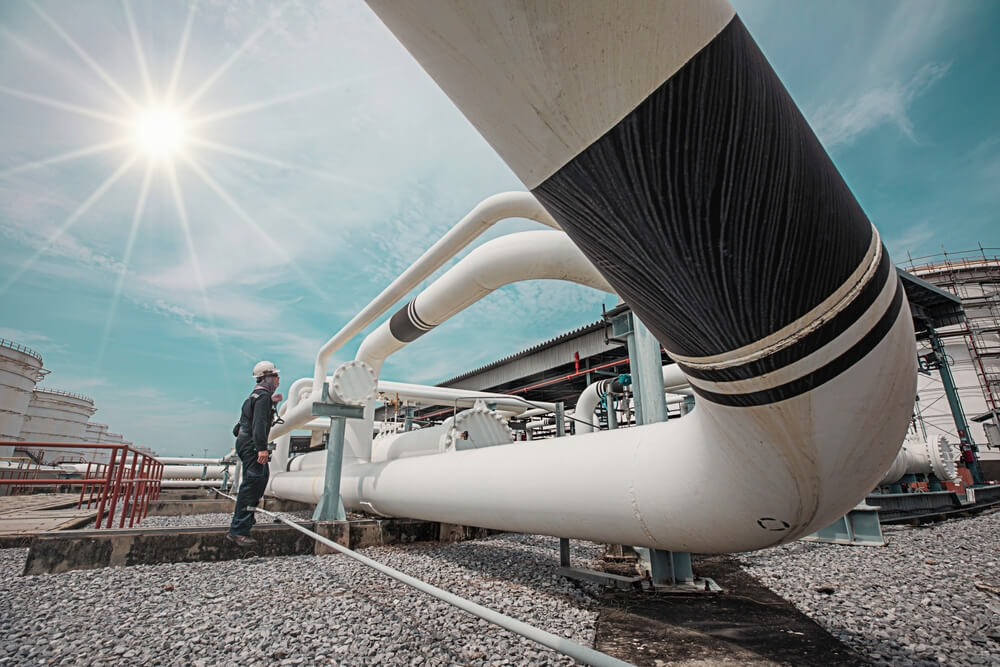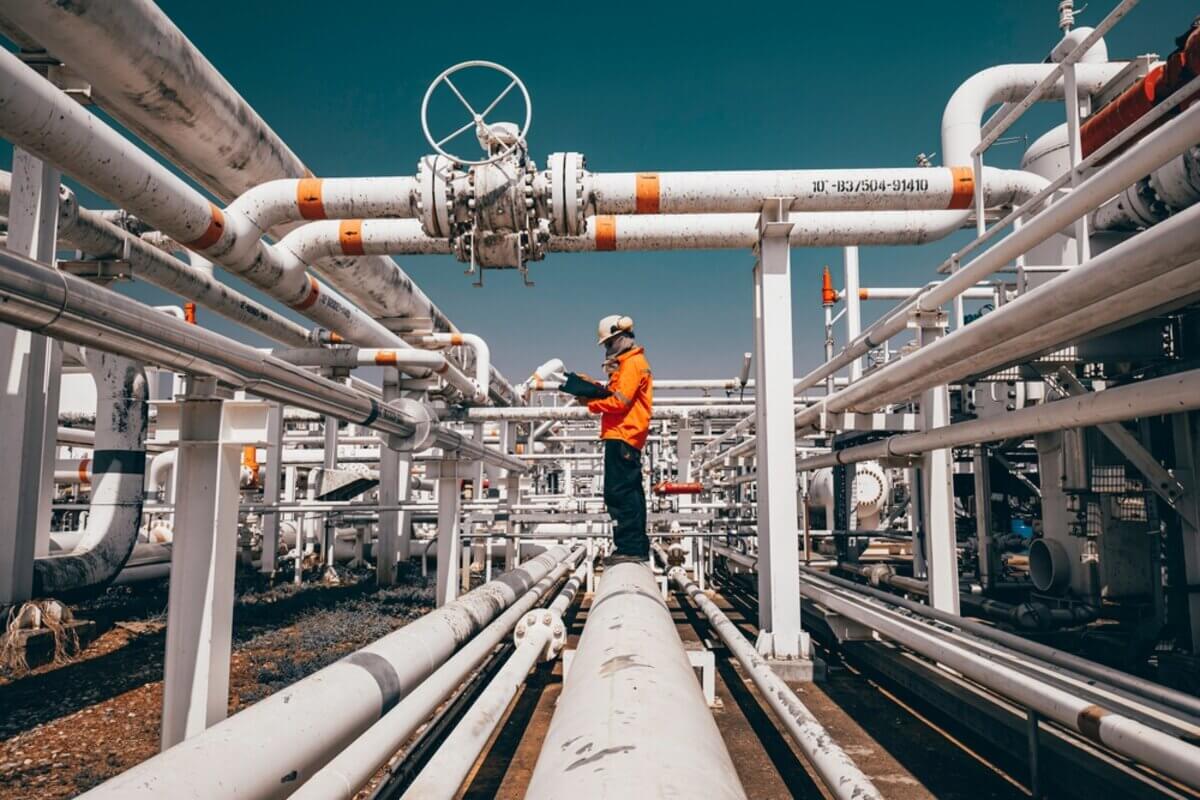Valves are the unsung heroes of industrial operations, silently controlling the flow and pressure of fluids and gases that keep our processes running smoothly. However, these vital components require meticulous care and attention to maintain their peak efficiency and longevity.
In this guide, we’ll discuss the best practices for valve maintenance and cleaning, empowering you to unlock the full potential of your valve systems and ensure uninterrupted operations.
Understanding the Anatomy of Valves
No matter if it’s pneumatic valves or butterfly valves, these complex devices are made up of numerous interdependent components, each vital to their functionality. Central to a valve is the valve stem, which controls the opening and closing actions. Encircling the stem are essential seals designed to prevent leaks, and springs that supply the force needed for the valve’s operation. Understanding these fundamental parts allows for more precise maintenance and care.
The Importance of Regular Valve Inspections
Consistent and thorough valve inspections are the cornerstone of an effective maintenance program. Regular check-ups enable the early detection of potential issues, minimizing the risk of costly breakdowns and ensuring optimal valve performance. During these inspections, focus on identifying signs of leaks, corrosion, wear and tear, and abnormalities in valve operation. The frequency of inspections should be tailored to the valve’s usage, environment, and manufacturer recommendations, with more frequent checks advised for valves under heavy use or in critical operations.
Embracing Preventive and Predictive Maintenance
While regular inspections are essential, the true power of valve maintenance lies in the synergy between preventive and predictive strategies. Preventive maintenance involves scheduled tasks and inspections to proactively address potential issues, while predictive maintenance utilizes data analytics to forecast and prevent failures before they occur.
Employing both approaches can minimize downtime, optimize valve performance, and extend the lifespan of our valve systems. Predictive maintenance, in particular, leverages sensors and IoT technology to continuously monitor critical parameters like temperature, pressure, and flow rates, allowing us to identify emerging problems and intervene before they escalate.
The Art of Proper Lubrication
Lubrication is the unsung hero of valve maintenance, playing a vital role in preserving functionality and reducing wear and tear. The right lubricant reduces friction and protects against corrosion and seals out contaminants, ensuring smooth and reliable valve operation. However, it’s crucial to use the specific lubricant recommended by the valve manufacturer, as different materials and operating conditions require tailored lubrication properties.
Mastering Proper Valve Cleaning
Maintaining a clean valve system is paramount to ensuring its optimal performance and longevity. Accumulation of debris, sediments, and mineral deposits can impair valve operation, leading to leaks, blockages, and decreased efficiency. Regular cleaning, either through self-cleaning mechanisms or manual intervention, is essential to keeping valves operating at their best.
When tackling valve cleaning, it’s important to use the appropriate tools and follow the manufacturer’s guidelines to avoid causing any damage. Gentle, yet thorough, cleaning with the right cleaning agents can effectively remove contaminants and restore the valve’s pristine condition.
Establishing a Comprehensive Maintenance Program
Effective valve maintenance relies on a comprehensive approach that goes beyond simple task execution and routine inspections. Developing a well-rounded maintenance program, which includes training, detailed documentation, and professional support, is essential for maintaining the long-term performance and reliability of valve systems.
Specialized training for maintenance teams, focusing on the specific valves in use, their operation, potential failure points, and maintenance requirements, is crucial. This empowers personnel with the knowledge and confidence needed for proficient valve maintenance. Additionally, maintaining detailed records of inspections, maintenance activities, and repairs helps track valve performance over time. This data supports better decision-making and planning for future replacements or upgrades.
Leveraging the Expertise of Valve Manufacturers and Service Providers
While in-house maintenance is essential, there are instances where the specialized expertise of valve manufacturers or dedicated service providers can be invaluable. Complex repairs, calibration, and performance assessments may require specialized knowledge or equipment that goes beyond the capabilities of an in-house maintenance team.
By engaging with these professionals, you can ensure that your valves are maintained to the highest standards, leveraging the latest techniques and insights to optimize their performance and longevity.
Preparing for the Unexpected: Spare Parts and Emergency Repairs
Unexpected setbacks are an inevitable part of any industrial operation, and valve systems are no exception. By having a ready supply of spare components and a well-defined emergency repair protocol, you can minimize downtime and ensure a swift resolution to any valve-related issues that may arise.
Maintaining an inventory of critical spare parts, such as seals, springs, and valve stems, allows you to quickly address component failures without lengthy delays. Furthermore, establishing clear procedures for emergency repairs, including contact information for specialized service providers, ensures that your team is equipped to respond promptly and effectively to any valve-related emergencies.
Achieving Valve Maintenance Excellence
 Remember, the key to valve maintenance success lies in a collaborative approach that empowers your team, optimizes your processes, and safeguards the long-term performance of your valve systems. Embark on this journey of valve maintenance excellence, and witness the transformative impact it has on your industrial operations. For more information on industrial applications such as valves, contact Lindberg Process Equipment today.
Remember, the key to valve maintenance success lies in a collaborative approach that empowers your team, optimizes your processes, and safeguards the long-term performance of your valve systems. Embark on this journey of valve maintenance excellence, and witness the transformative impact it has on your industrial operations. For more information on industrial applications such as valves, contact Lindberg Process Equipment today.





